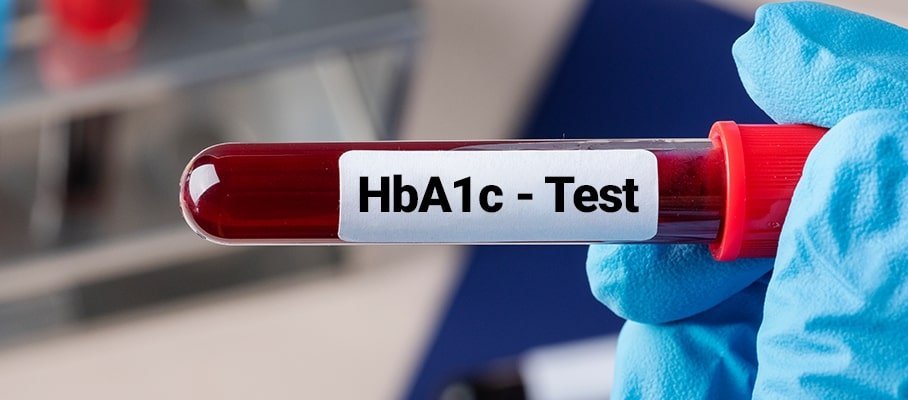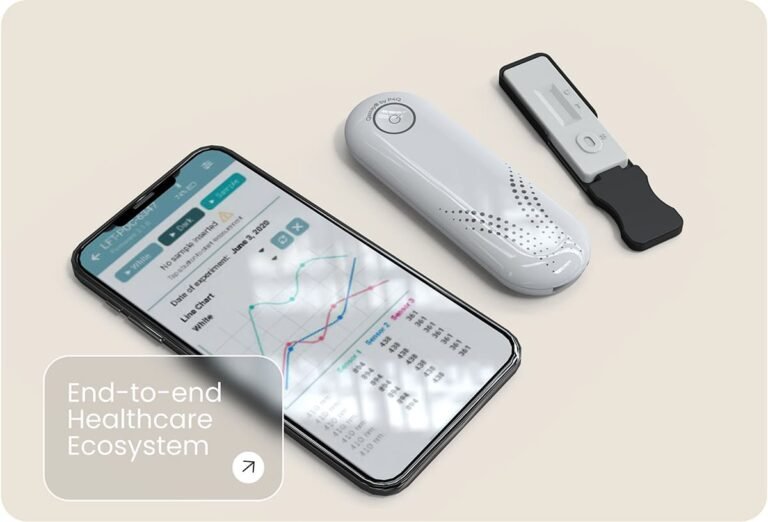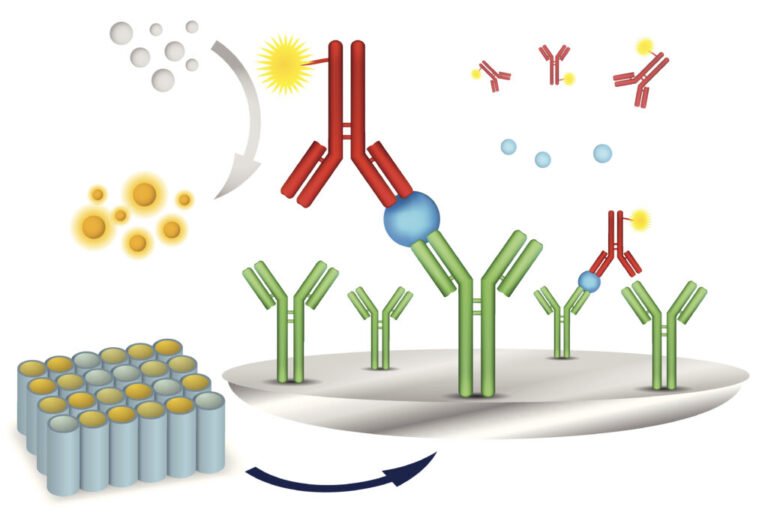Clinical Significance of HbA1C and Its Diagnostic Importance
Glycated hemoglobin, commonly known as HbA1C, is one of the most important markers in modern clinical diagnostics. It provides a long-term picture of a patient’s blood glucose levels, making it indispensable in diabetes management and risk assessment.
This blog will explain the clinical significance of HbA1C and why it plays a pivotal role in diagnosis and treatment planning.
1. What is HbA1C?
HbA1C is a form of hemoglobin that binds with glucose in the bloodstream. The amount of glycated hemoglobin reflects the average blood glucose levels over the past 2–3 months, which corresponds to the lifespan of red blood cells.
Unlike daily glucose tests, HbA1C offers a long-term view of blood sugar control, making it more reliable for chronic monitoring.
2. Diagnostic Importance of HbA1C
A. Diabetes Diagnosis
HbA1C is recognized globally by health authorities, including the American Diabetes Association (ADA) and the World Health Organization (WHO), as a diagnostic criterion for diabetes.
- Normal range: Below 5.7%
- Prediabetes: 5.7% – 6.4%
- Diabetes: 6.5% or higher (confirmed by repeat testing)
B. Monitoring Diabetes Management
Regular HbA1C testing helps doctors evaluate how well a patient is controlling their blood sugar over time. This aids in adjusting treatment plans, such as medication dosage or lifestyle changes.
C. Assessing Risk of Complications
High HbA1C levels are strongly associated with an increased risk of diabetes-related complications, such as:
- Cardiovascular diseases
- Neuropathy
- Retinopathy
- Nephropathy
Monitoring HbA1C allows early detection and prevention of such complications.
3. Clinical Significance
- Long-term glucose control: HbA1C reflects average glucose levels over months, unlike fasting or postprandial glucose tests.
- Treatment guidance: Helps physicians tailor medications and lifestyle recommendations.
- Predictive value: High HbA1C levels are predictors of diabetes-related complications and cardiovascular risks.
- Patient compliance: Offers tangible results that motivate patients to adhere to treatment.
4. Advantages of HbA1C Testing
- Requires no fasting.
- Provides stable and reliable results unaffected by short-term fluctuations.
- Standardized test with global acceptance.
5. Limitations
Despite its benefits, HbA1C testing has limitations:
- Certain conditions like anemia, hemoglobinopathies, or recent blood transfusions can affect results.
- May not reflect sudden changes in glucose control.
6. Conclusion
HbA1C is more than just a test — it is a powerful clinical tool that bridges the gap between diagnosis and long-term management of diabetes. Its ability to provide a comprehensive view of glucose control makes it a gold standard in diabetes care.
Regular HbA1C monitoring is essential not only for diagnosing diabetes but also for preventing complications and improving quality of life for patients.







